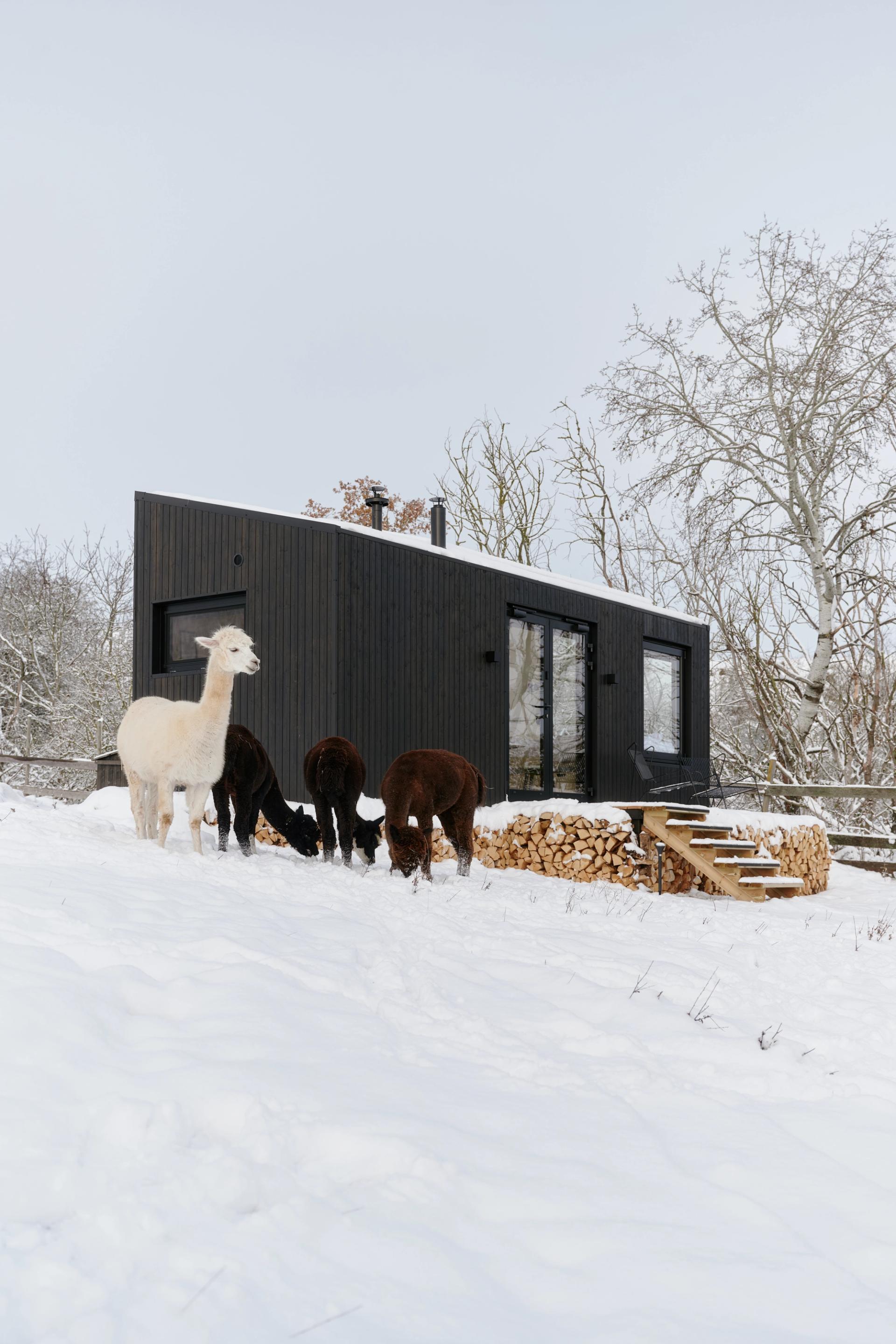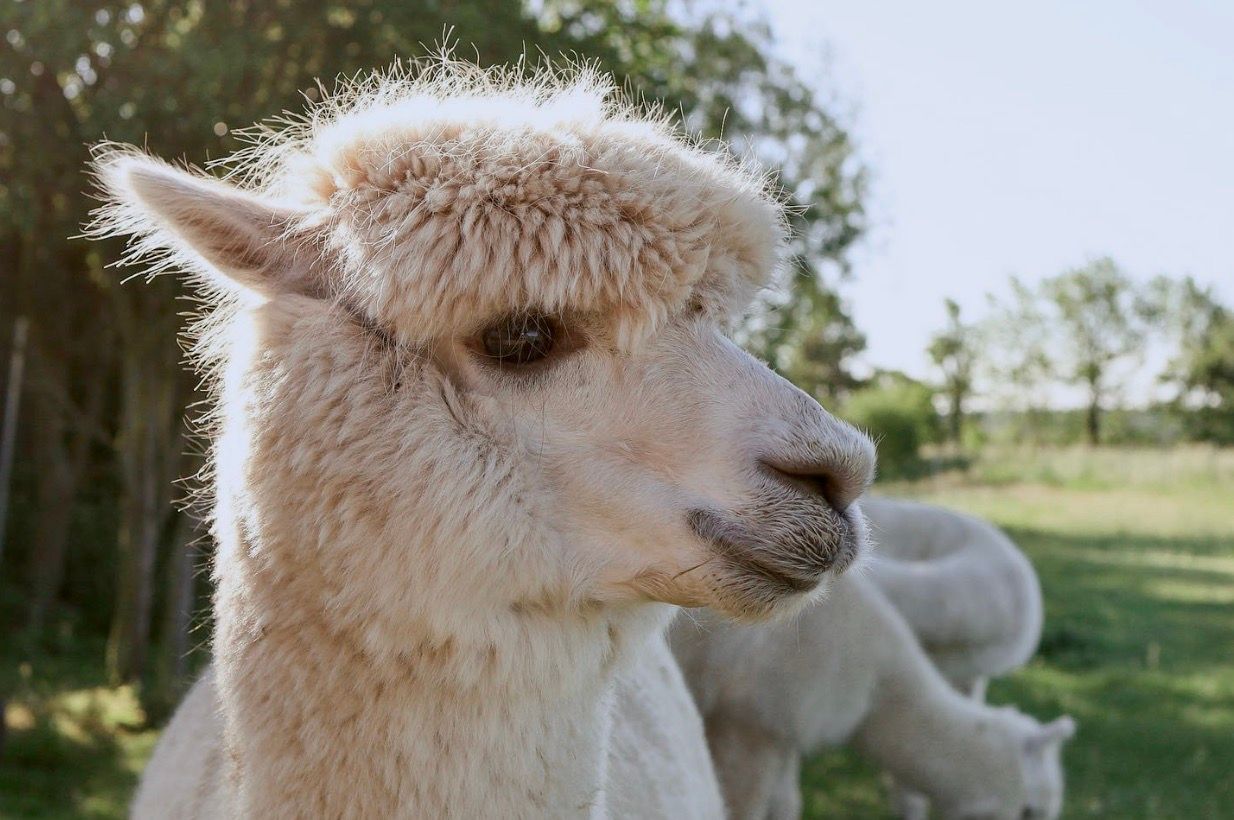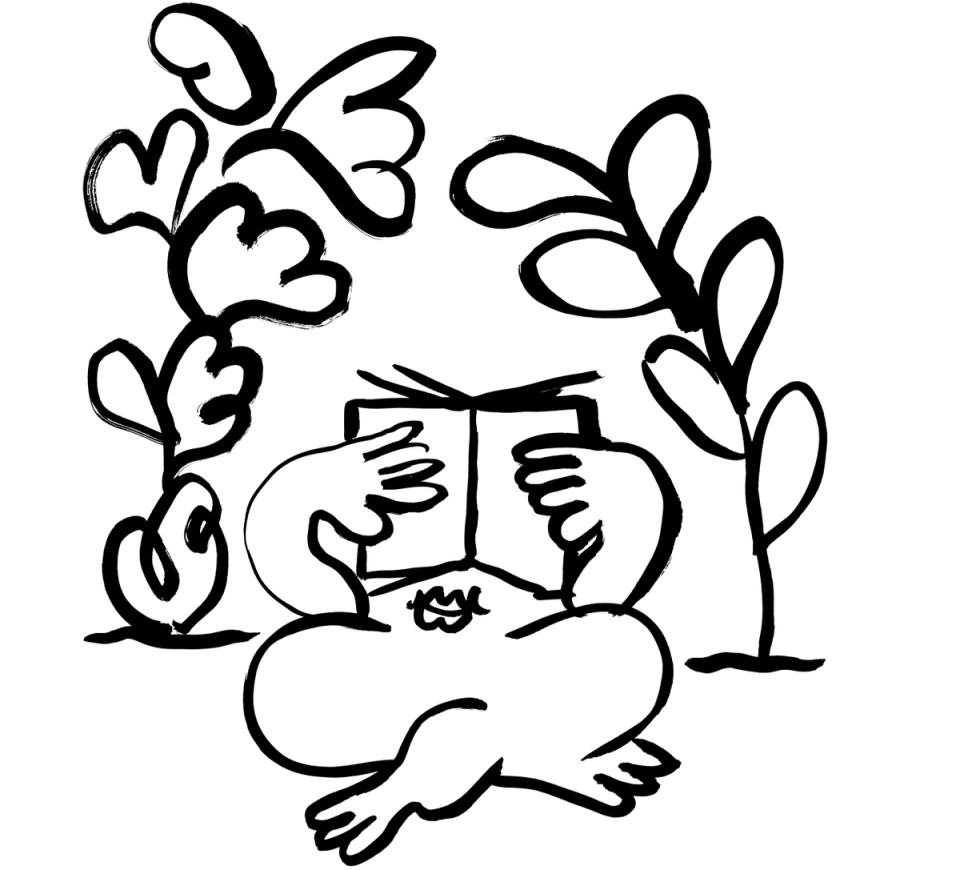Mindfulness
The art of journaling
The vibrant colours of a sunset, the song of birds in the trees, and the quiet peace of the wind whistling through a forest landscape – nature whispers all kinds of stories to tickle our thoughts and feelings. As fleeting as these are, putting our sensations to paper is more than just an act of documenting. In the words of famed naturalist and journal aficionado John Muir shared through the innumerable pages about his outdoor adventures: "Going out, I found, was really going in.”
Whether pausing during a hike to collect impressions as they arise or sitting comfortably nestled in a favourite wilderness refuge, the pen in your hand can turn into a bridge between you and your surroundings. It doesn’t need much. In fact, it’s just about getting started.
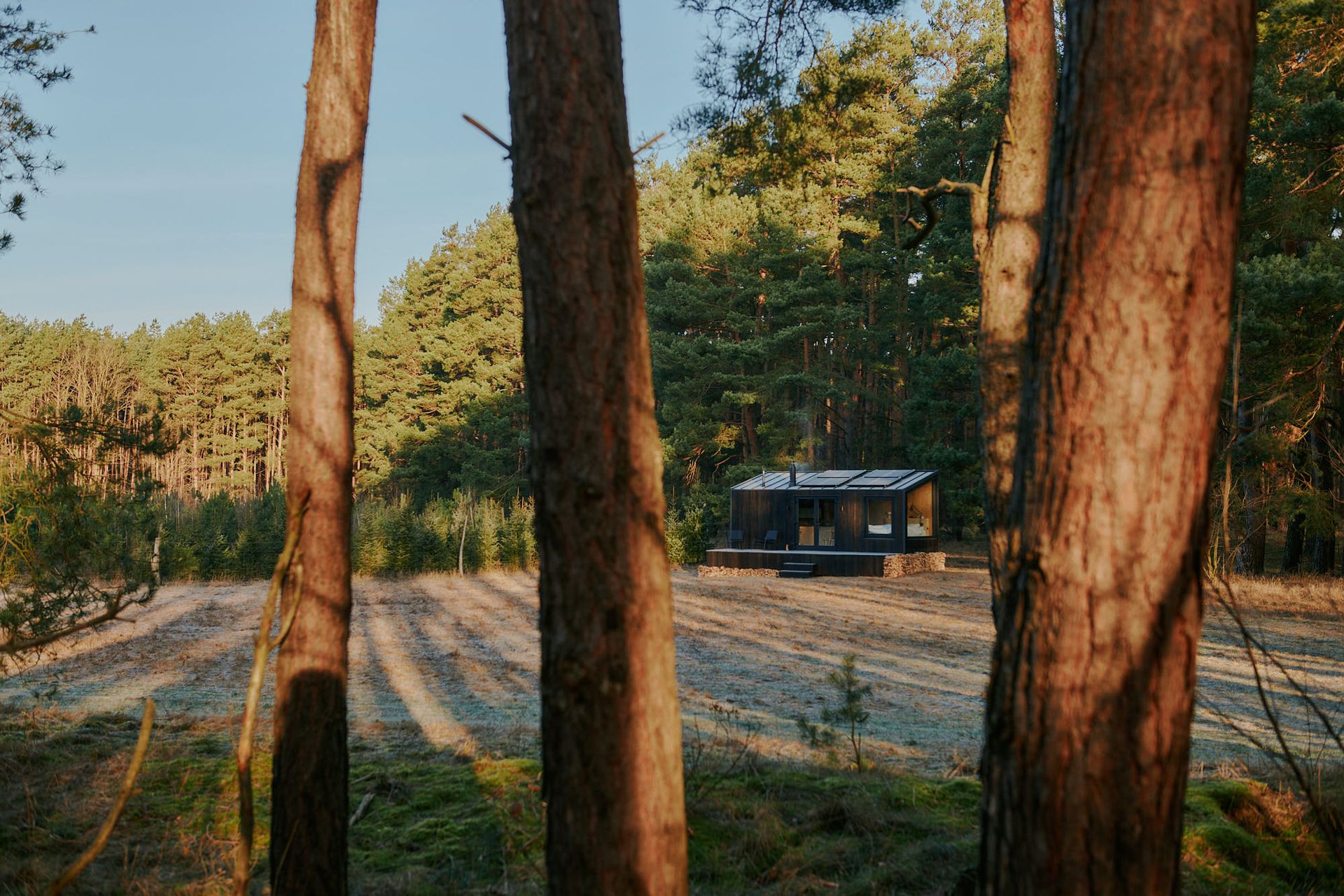
Every beginning...
All you really need for journaling is yourself and a bit of time. Other than that, it doesn’t require a lot of equipment. Keep it minimal and portable to have everything at hand on the go. A blank bound journal is ideal, as loose pages can easily get lost outside – swept away by the wind. Add a pen or pencil you enjoy writing with, and any supplies you need for your medium of choice, be it watercolours, markers, or a camera.
Embark on your journaling journey at your own garden, your favourite spot in a local park, a hiking trail nearby, or a destination entirely new to you – there is no right or wrong as long as you feel a connection with nature.
Peeling the onion
When journaling outdoors, there are many aspects of your experience you can capture to bring our perceptions and feelings to paper. Well, but where to begin?
Imagine a Matryoshka doll that held so many secrets for you as a child: start from the outside to get to the core. Note down, in detail, the sensory experiences you have, from the sights and sounds to the texture of plants and trees or the smells of the outdoors. Capture changes in sunlight, the feeling of wind on your skin, the crunch of leaves underfoot. Comment on the weather, shapes, and colours that catch your eye, the textures of plants and trees, and any wildlife present. From there, you can slowly turn inward, by reflecting on your state of mind, emotions or fleeting thoughts that arise. What memories, ideas or reflections emerge as you sit quietly among the trees? Where do they take your mind, your body, and your soul? How does the landscape make you feel? Let yourself be carried away by this flow of sensations, and just note it down.
If you’re a more visual person, sketching could be your portal to become more observant of the surrounding realms. You could also complement your journal with photos, such as close-ups of wildlife, flowers, and trees, wide open vistas, or even dried leaves and petals. Print them out or stick them into your journal as meaningful souvenirs of your time in nature.
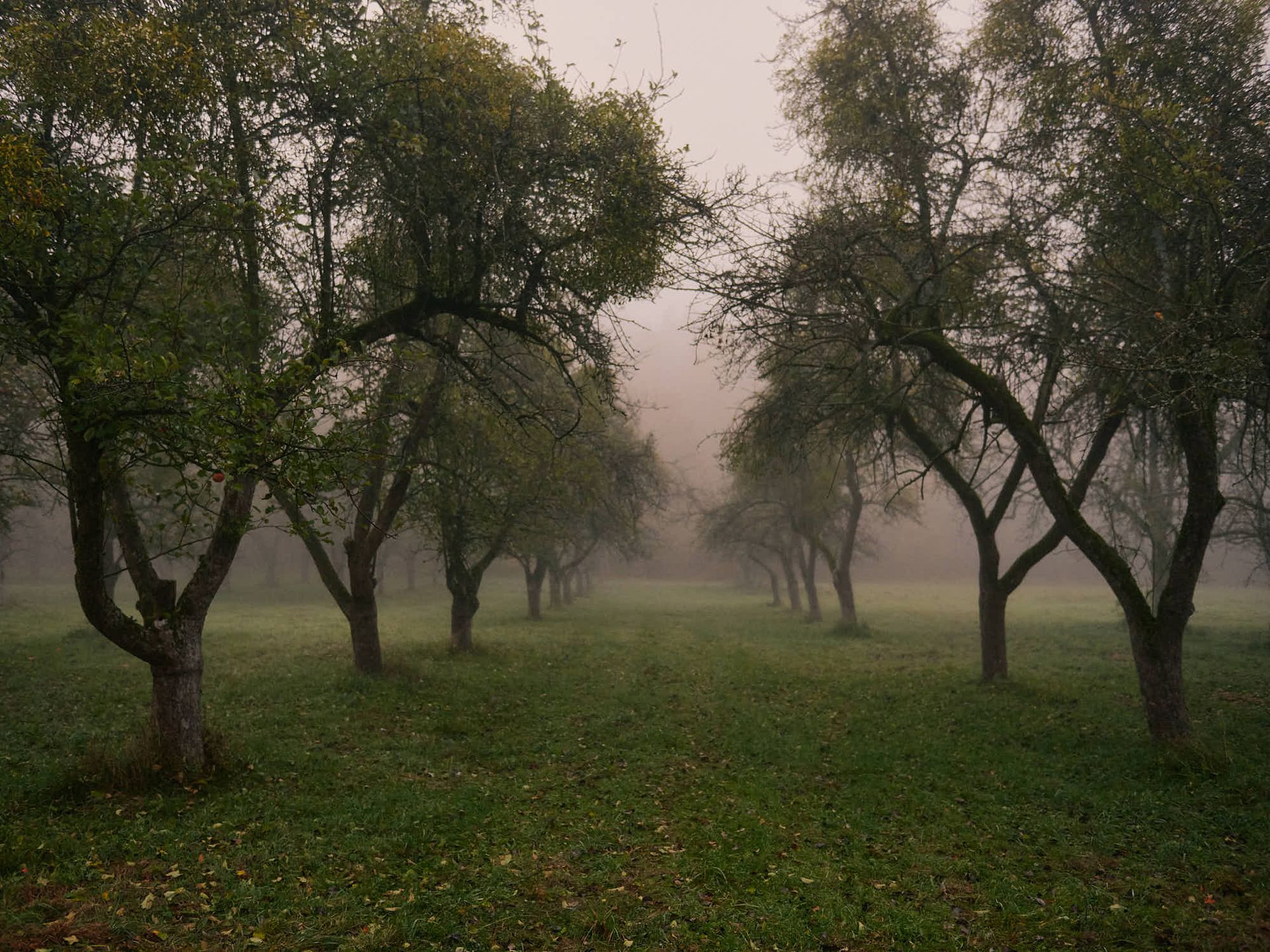
Making it a habit
While the location doesn’t need to stay the same, the practice of journaling is the most powerful when it becomes a routine. Start by setting aside 10-30 minutes for journaling 2-3 times per week. Perhaps you even reserve a recurring slot in your calendar – just for yourself – to prevent it from falling to the wayside among your responsibilities or forgetting about it.
Don’t apply any pressure to it (that would turn your act of pleasure into another duty on your to-do list), just see it as a small winking reminder to your practice. Some weeks might offer more time, others less, simply adjust the frequency and length of your sessions as it fits your schedule. And time by time you’ll make a habit of journaling outdoors, and you’ll notice the relaxation and peace it brings to you.
Letting go
Journaling is not about being especially witty, clever, entertaining, or poetic. It’s also not about writing a bestselling memoir. It’s about observing and capturing what comes naturally. So as hard as it may sound, try not to judge your entries, the quality of your writing, or hold yourself to any particular standards. You (and so your words) don’t have to be perfect, instead, focus on the process and savour the reflective time outdoors.
Minimise distractions, leave technology behind and silence inner voices about responsibilities awaiting you. Simply observe your natural surroundings using all your senses and clear your mind to be fully immersed in the present moment.
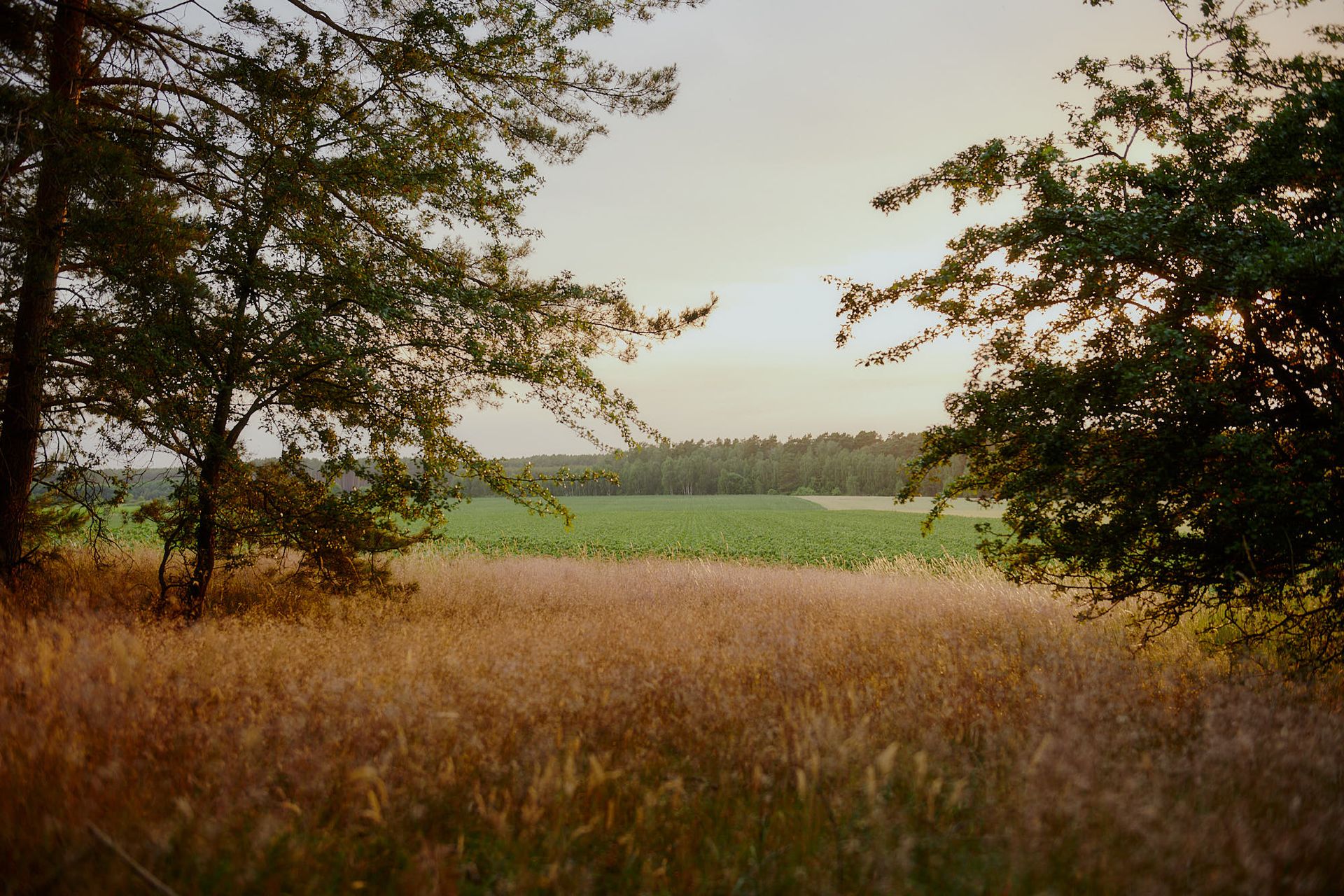
A moment in time
One of the greatest joys of journaling is flipping through the pages weeks, months and years later. Dried flower petals, leaf drawings, and your previous observations transport you back to those peaceful moments lying under the canopy of an old pine tree listening to wildlife rustle by. Although the sights and sounds of the forest and fields are gone, your observations will live on in your journal, reminding you that stillness and inspiration can be uncovered nearly anywhere, no matter your surroundings.
Words: Annie Button
